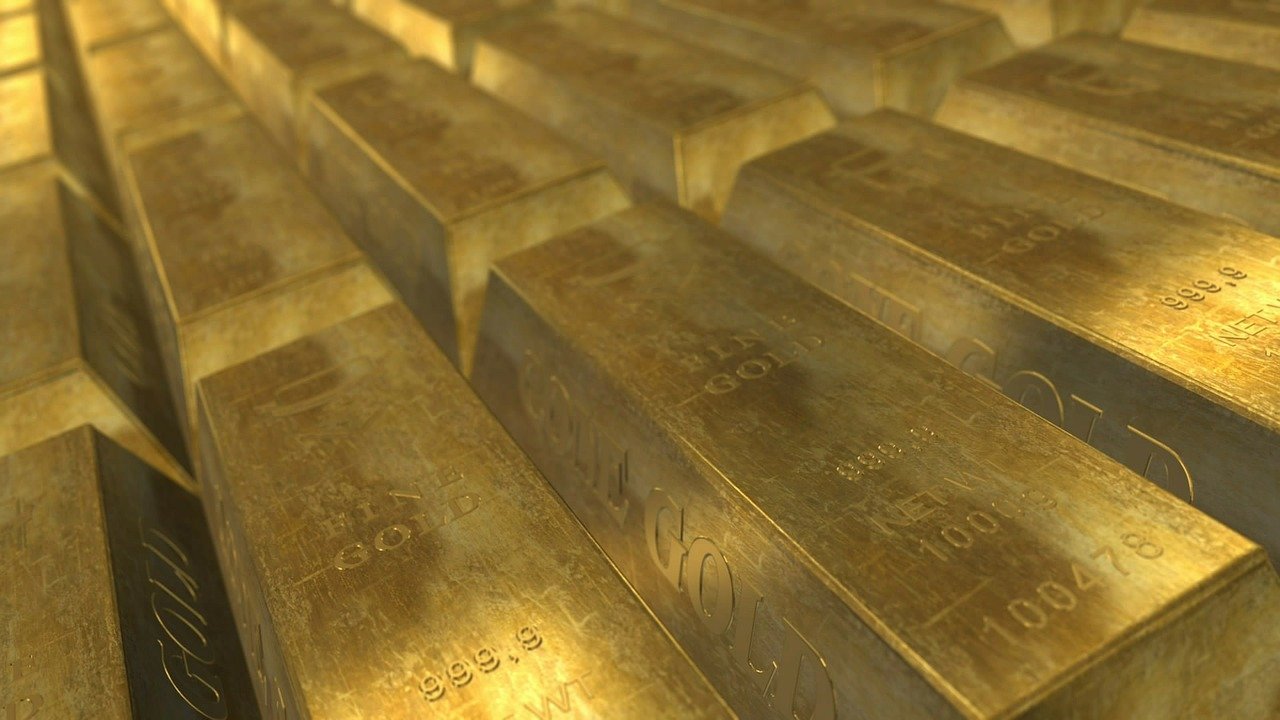Futures trading is becoming more popular as an investment activity because it offers some very solid advantages over more traditional forms of investing. In investing, essentially, you are purchasing a commitment to purchase or sell an item at a pre-determined price in the future. In finance, a futures transaction is a standardized legal contract to purchase or sell a specific asset at a specified price in the future, between two parties never known to each other. The underlying asset typically is a security or commodity.
When you purchase a futures contract, you are purchasing the right (but not the obligation) to purchase or sell a specific asset on or before a certain future date.
There are many different types of futures contracts that allow for the purchase and sale of various assets, including stocks, indices, commodities, bonds, currencies, and interest rates. In order to participate in futures trading, you must first buy an “asset” (also called a “basket” or “security”) on or before the expected future date. The buying process begins once you have decided on the asset you wish to purchase.
For example, if you wish to invest in gold futures, you would be purchasing a gold bullion. An important aspect of the gold futures market is the leverage factor. Because the futures market is leveraged, you can buy large amounts of gold at one time – thereby increasing your potential return on investment, but only if you know how to do so. Usually this means hiring a financial professional to guide you through the process. Many investors enjoy working with an experienced futures trader as it provides them with the knowledge and experience to make sound investing decisions.
However, there is another advantage to hiring someone to help with your gold futures trading strategies – they will also be able to advise you about which futures markets are suitable for your investing goals. If you are a beginner then it may be a better idea to start out with Commodity Futures trading strategies, since they are designed for those who are just starting out with their futures investing, or even for beginners looking for ways to increase their portfolio value. There is a lot of information available about commodity futures trading strategies by searching on the Internet.
Another important part of any futures trading strategy is the call or put option.
When you purchase a futures position, you create a security which exists until you either sell it or buy it. This option is referred to as the “call” option and the “put” option is often referred to as the “put” option. It is important for investors to understand these two types of options and their differences.
Call option prices generally move in a predictable pattern called a “pump and dump”. If this pattern is found within a futures trading strategy, it means that an investor is anticipating an asset will soon increase in price and will sell all of its positions before the price movement makes it necessary to purchase or hold. On the other hand, if a trader believes that price movement is too unpredictable, he or she would consider purchasing a put option. This means that the investor will stay invested in a market in which price movements are more fluid and unpredictable.






Leave a Reply